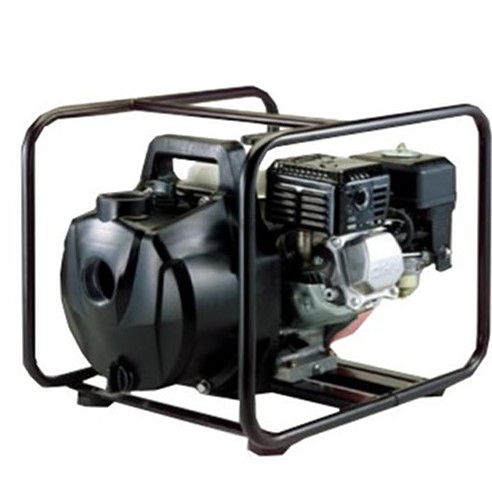Surface pump or submersible pump? Choosing your water pump is not easy!
EUROMAST offers you some tips to discover ...
Step 1- The flow:
The flow rate of a pump is evaluated in m³ / h or in l / min. Specifically, this is the maximum hourly volume of water you need. This flow will depend on your daily consumption.
The following values will be used as indicative references:
- 6m³ / h = 100l / min and 1m³ / h = 16.6l / min
- Watering a lawn consumes about 8 liters / m² / day
- Watering a garden consumes about 6 liters / m² / day
- A person consumes around 200 liters of water / day.
In addition, it is said that the INSTANT FLOW for the ideal water pump must be equal to third of daily consumption.
Take for example a home made up of 5 people with a 200m² lawn to water:
Scenario - calculation of the flow requirement for this household:
| People consumption (number = 3) | 200 liters of water / day X 5 people = | 1000 liters of water / day for all residents |
| Water consumption for the lawn (200m²) | 8 liters X 300 m² = | 2400 liters of water / day |
| Total water consumed | 1000 + 2400 = | 3400 liters of water / day |
| Instant flow | 3400 liters of water per day / 3 = | 1133.33 liters / hour, i.e. 1.13 m³ / h |
Step 2 - Total head (HMT):
The total head is also important to take into account when calculating. It is measured in water column meter and represents the sum of 3 elements, namely:
The elevation of your pumping installation:
This is the geometric height separating your water source from the most unfavorable point of your installation. The elevation is a real consumer of pressure. So be careful not to forget it in your calculations.
Useful pressure:
We call useful pressure, the pressure necessary for the proper functioning of all your water outlet: tap, shower, sprinkler sprinkler ... The more you have water outlet the more you will have a high demand for useful pressure.
For information:
| Useful pressure for a single house water supply | 2 bars |
| Useful pressure for house + garden | 3 bars |
Do not forget to convert this useful pressure into a column meter (mCE) so that you can sum the 3 elements afterwards.
Basis of calculation: 1 kg of pressure = 1 bar = 10 mCE
Load losses:
The pressure losses appear during the transfer of the water in your pipes. When the water circulates in the pipes, it rubs against the walls of the latter, consuming part of the pressure supplied by the pump: these are the famous pressure drops. The smaller the pipe, the higher the pressure losses.
Scenario -
Your pumping installation includes,
- A drop of 15 meters
- A working pressure of 3 bars, i.e. 30 mCE,
- A pressure drop of 15% (representing the safety factor for pipes up to 50 meters)
By adding these parameters, ie 15 + 30 + 15%, we obtain the total head, that is to say approximately 52 meters of water.
Step 3 - Choose the right type of pump - surface pump or submersible pump:
Therefore, you have the capital data to buy your pump but which is the water pump which will be best suited to your situation?
Surface pump or submersible pump? - That is the question !
The surface pump and the submersible pump are models that can be installed for water levels not exceeding 8 meters deep. Indeed, you will find submersible pumps for wells (whose depth is often between 4 and 8 meters), while a surface pump could very well do the trick. The choice will depend on your preferences, your budget and your desired level of comfort. A submersible pump is quieter than a surface pump, if the water level to be sucked is greater than 8 meters, the installation of a Immersed pumpe becomes mandatory. This is the case for a 10 meter deep well as well as all drilling.
Step 4 - Choose the right pump model:
Now that you have chosen the right type of pump: surface pump or submersible pump, you will have to determine which model to choose.
Indeed, you will quickly realize that on a model of pump, it exists in different versions: power, flow or pressure differ according to the models.
The trick not to be mistaken is to know how to read a hydraulic curve!
The hydraulic curve exists for all pumps. If it is not given to you, you can request it from a technical advisor.
The horizontal axis represents the flow (expressed in m³ / h or in l / h)
The vertical axis represents the head (expressed in meters)
The best performance of a pump is in the middle of the curve.
